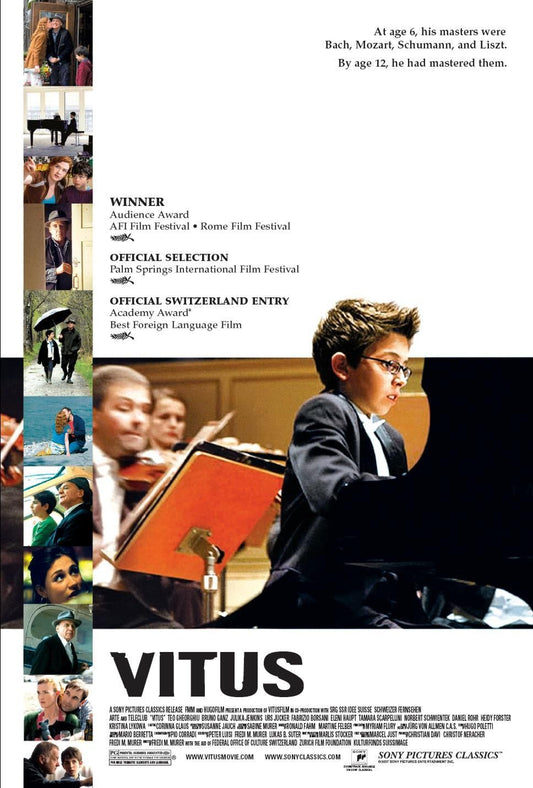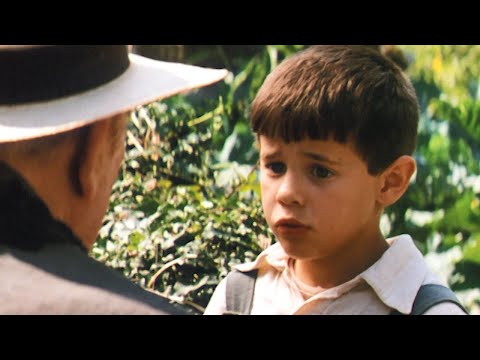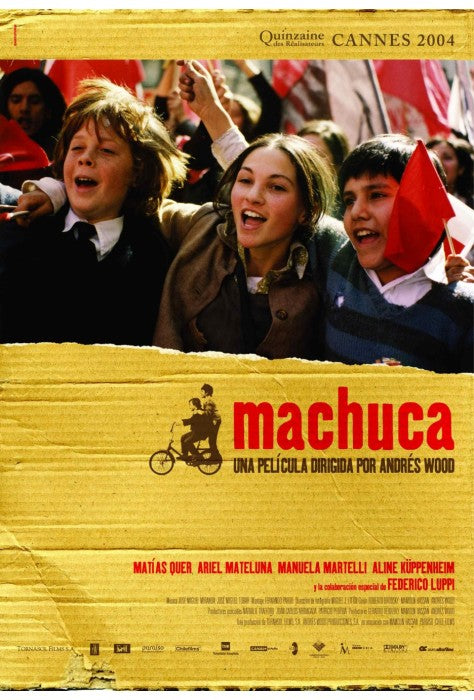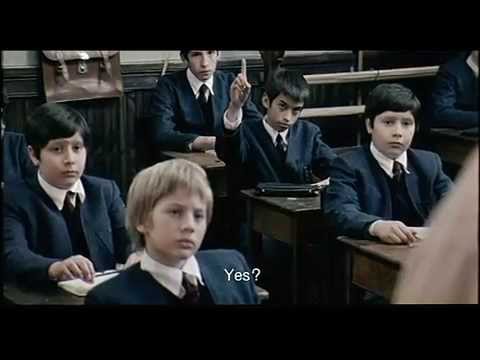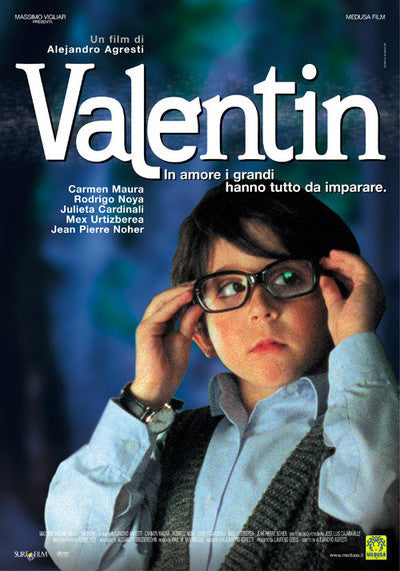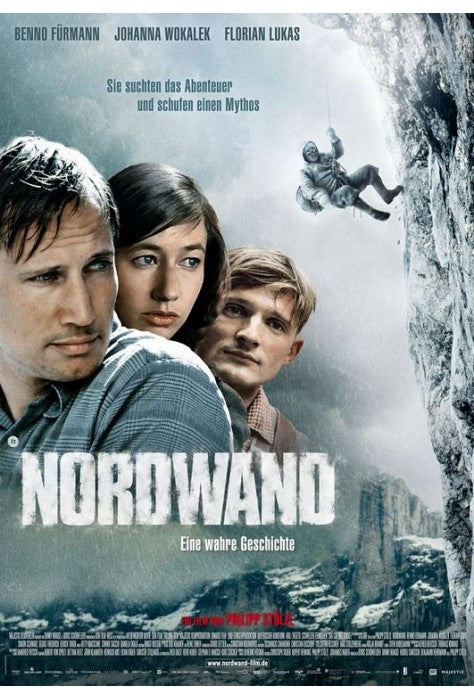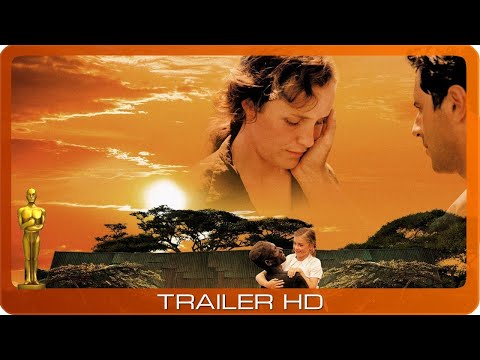Viewing, or the ability to interpret and understand visual media, is a crucial skill in learning a foreign language. In today’s digital age, much of our communication and information consumption is visual, making viewing skills more important than ever. At FilmArobics, we integrate viewing skills into our language lesson plans to provide a comprehensive learning experience.
Enhancing Comprehension
Visual media, such as films, TV shows, and videos, provide contextual clues that aid in comprehension. Body language, facial expressions, and visual context help learners understand the meaning of spoken words and phrases. By watching native speakers in various contexts, learners can pick up on these non-verbal cues, enhancing their overall understanding of the language. FilmArobics utilizes authentic visual content to immerse learners in real-life scenarios, helping them develop a deeper understanding of the language.
Improving Listening Skills
Viewing skills are closely linked to listening skills. When learners watch visual media, they practice listening to native speakers, which helps improve their listening comprehension and pronunciation. The combination of audio and visual input reinforces language learning by providing a richer, more immersive experience. FilmArobics’ lesson plans include films and videos that feature native speakers, allowing learners to practice listening in a dynamic and engaging way.
Expanding Vocabulary
Visual media exposes learners to a wide range of vocabulary in context. By watching films and videos, learners encounter new words and phrases used in everyday situations. This exposure helps learners understand how vocabulary is used in context, making it easier to remember and apply. FilmArobics selects films and videos that cover a variety of topics and settings, ensuring learners encounter a diverse range of vocabulary.
Cultural Understanding
Viewing visual media from the target language’s culture provides valuable cultural insights. Films, TV shows, and videos often reflect cultural norms, values, and traditions, helping learners gain a deeper understanding of the culture associated with the language. FilmArobics incorporates culturally rich visual content in its lesson plans, enabling learners to appreciate and understand the cultural context of the language they are learning.
Developing Critical Thinking
Interpreting visual media requires critical thinking skills. Learners must analyze and interpret the visual and auditory information presented to understand the content fully. This process enhances their cognitive abilities and helps them become more analytical and perceptive. FilmArobics’ viewing activities are designed to challenge learners intellectually, promoting critical thinking and deeper engagement with the language.
Encouraging Interaction
Visual media often sparks discussion and interaction. After watching a film or video, learners can engage in discussions, share their interpretations, and express their opinions. This interaction helps reinforce their speaking and listening skills while encouraging active participation. FilmArobics’ lesson plans include discussion questions and activities related to the visual content, fostering a collaborative and interactive learning environment.
Motivation and Engagement
Visual media is inherently engaging and entertaining, which can significantly boost learners’ motivation. Watching films and videos in the target language makes learning enjoyable and keeps learners motivated to continue their studies. FilmArobics leverages the appeal of visual media to create an engaging learning experience that captivates learners and encourages consistent practice.
Practical Application
Viewing skills are essential for real-world communication. In an increasingly visual world, being able to understand and interpret visual media is crucial for effective communication. FilmArobics prepares learners for real-life situations by incorporating practical viewing activities that simulate everyday interactions, such as watching news broadcasts, advertisements, and social media videos.
Conclusion
Viewing skills are a vital component of language learning. They enhance comprehension, improve listening skills, expand vocabulary, and provide cultural insights. At FilmArobics, we recognize the importance of viewing skills and integrate them into our lesson plans through authentic and engaging visual content. By developing strong viewing skills, learners can achieve a deeper understanding of the language and its cultural context, paving the way for overall language proficiency and effective communication.




